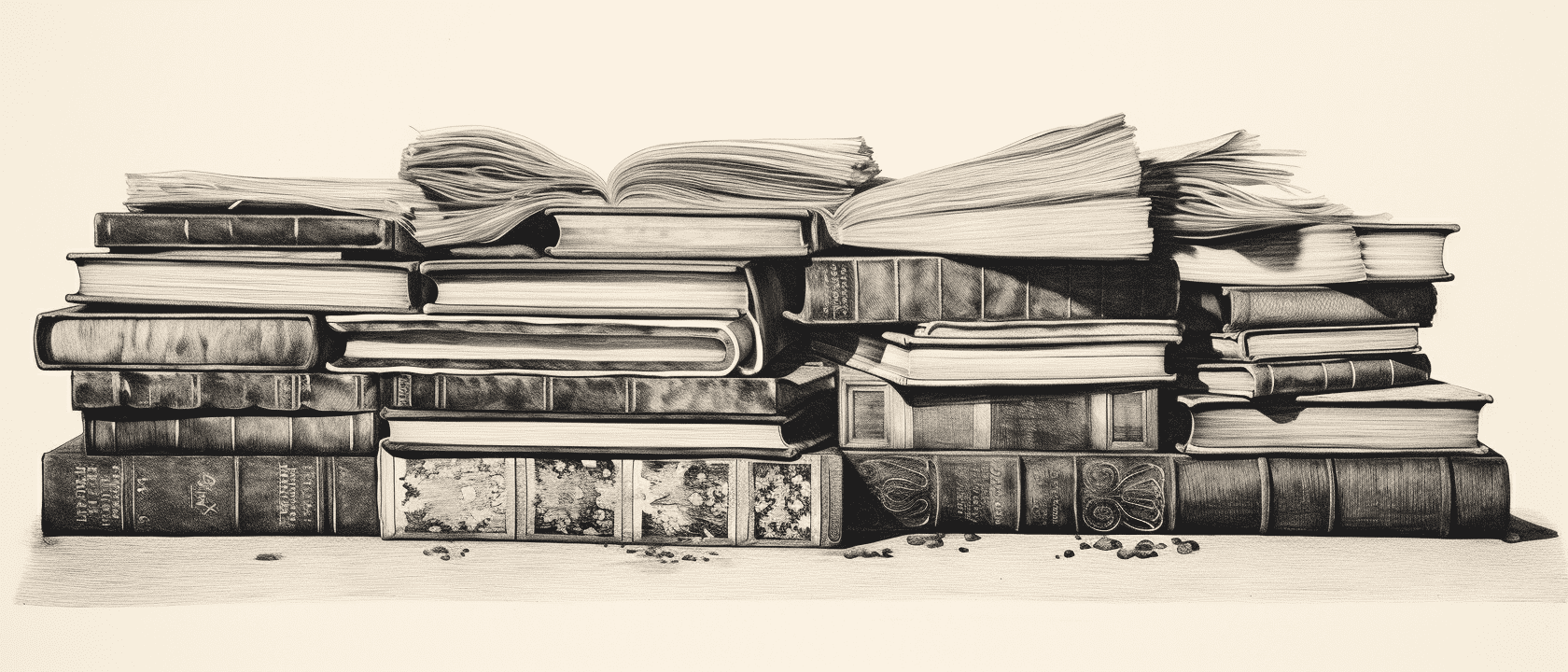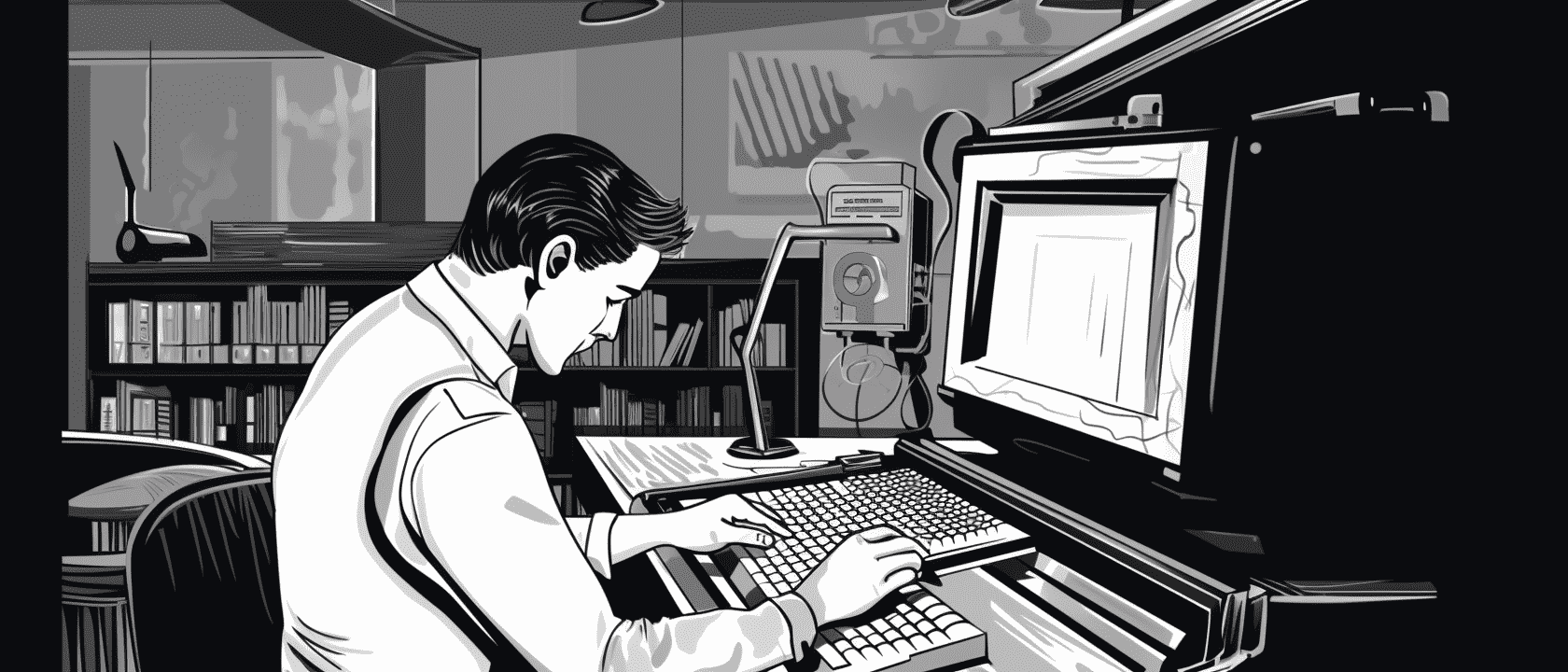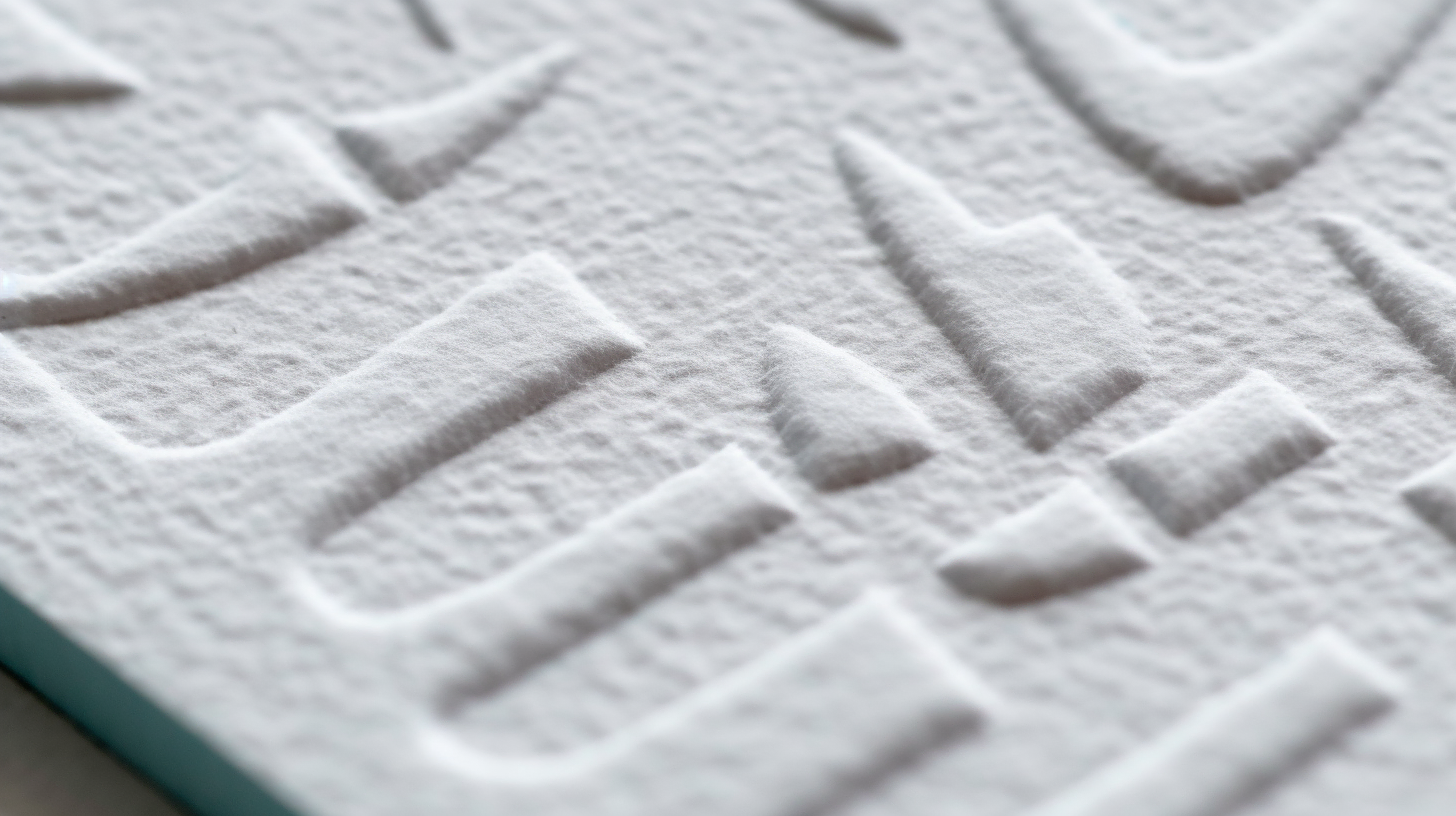Letterpress Glossary

Bite: The impression made by the type or plate into the paper.
Blind Deboss: Printing without ink so that the image is pressed into the paper and creates an indented impression.
Chase: The metal frame in which type and blocks are locked into place for printing on a press.
Composing Stick: A handheld tool used by typesetters to assemble lines of type.
Dampening: The process of moistening paper before printing to help the fibers of the paper receive the ink more effectively.
Embossing: A technique where the paper is raised, rather than indented.
Furniture: Wooden or metal blocks used to fill the empty space in a chase.
Galley: A metal tray used to hold type after it has been set but before it's locked into a form.
Impression Cylinder: The part of the press that applies pressure, pushing the paper onto the type or plate.
Inking System: The rollers and other parts of the press that apply ink to the type or plate.
Jobbing Press: A type of press used primarily for short-run work.
Kerning: Adjusting the space between individual letters.
Leading: Thin strips of metal or other materials used to separate lines of type.
Ligature: Two or more letters combined into a single character.
Linotype: A machine that casts lines of type out of molten metal, based on a keyboard input.
Lock-up: The process of securing type and plates in the chase.
Makeready: The process of adjusting the press, type, and paper to ensure a clean and even impression.
Monotype: A system where individual letters are cast as separate pieces of type in response to keyboard input.
Orphan: A single line of a paragraph that appears by itself at the bottom of a page.
Pica: A unit of measurement in typesetting, approximately 1/6th of an inch.
Platen: The part of the press that holds the paper in place during printing.
Point: A unit of measurement for type size, with 72 points to an inch.
Quoin: A device used to lock up a form within a chase.
Registration: The alignment of the different colored inks on the printed page.
Relief Printing: A printing method where the inked image is raised above the non-inking surface.
Slugs: Metal or other dense material used to create space between lines of type.
Type High: The standardized height of type, which is .918 inches in the United States.
Typeface: The design or style of a set of characters.
Vandercook: A popular brand of proofing press used in letterpress printing.
Widow: A single line of a paragraph that appears by itself at the top of a page.
- Set-off: The unwanted transfer of ink from one printed sheet to another.
- California Job Case: A type of type case with compartments used to store movable type. It's known for its unique layout that places frequently used letters in convenient reach of the typesetter.
- Forme: The assembled type and blocks, ready for printing.
- Galley Proof: A preliminary version of a printed piece, used for proofreading and layout arrangement.
- Justification: The process of adjusting the spacing within a line of type so that it aligns both on the left and right margins.
- Ligature: Two or more letters combined into one character, such as "æ".
- Makeready: Preparations made to ensure even pressure and inking before the actual print run.
- Pull: A single impression or print.
- Quads: Small metal spacers used to justify lines of type.
- Rivers: Gaps in typesetting which appear to run through a paragraph of text, due to a coincidental alignment of spaces.
- Type Foundry: A company that designs and/or produces typefaces.
- Vignette: A small decorative design or illustration.
- Wayzgoose: A traditional printer's holiday or an annual event for printers and bibliophiles.


